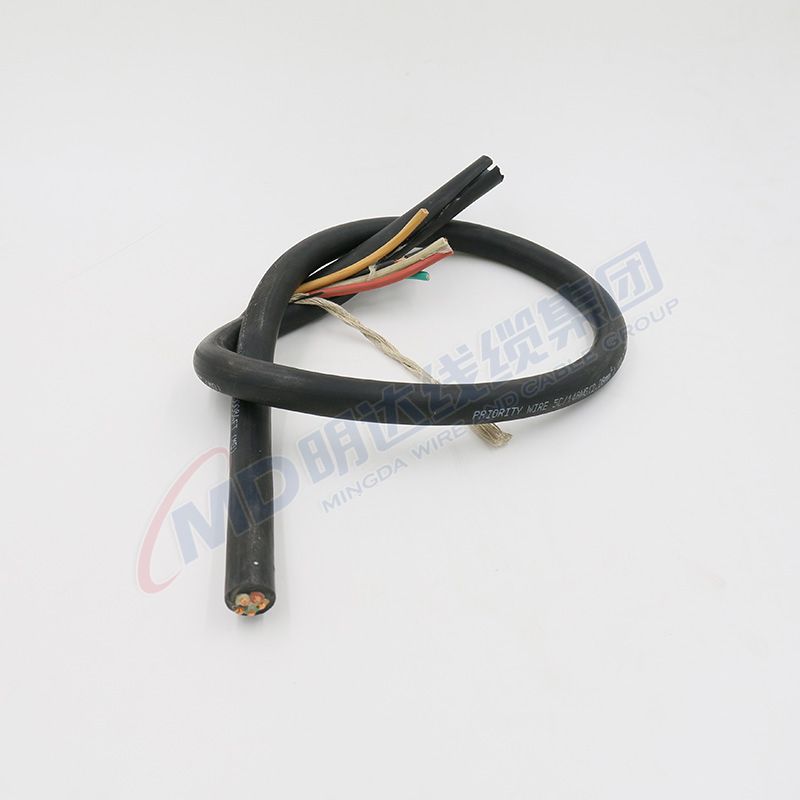11 月 . 01, 2024 18:41 Back to list
Air Release Valve Essential Component for Efficient Fluid Management Systems
Understanding Air Release Valves Function and Importance
Air release valves (ARVs) are crucial components in fluid systems, particularly in water distribution and wastewater management. These devices play a vital role in maintaining system efficiency and preventing potential damage caused by air entrainment. Understanding their purpose and functionality can significantly enhance system performance and longevity.
In water distribution systems, the primary function of air release valves is to release trapped air from pipelines. Air accumulation can hinder the flow of liquids, leading to reduced efficiency and increased energy costs. When air is present in the system, it can form bubbles that disrupt the fluid's flow, causing potentially damaging conditions like water hammer—a phenomenon where high-pressure surges occur due to sudden changes in flow velocity. By allowing trapped air to escape, ARVs maintain a steady flow of liquid, thereby protecting the infrastructure from these damaging pressures.
Moreover, air release valves are instrumental in preventing cavitation
. This occurs when the pressure in a liquid drops below its vapor pressure, creating vapor bubbles that collapse violently, causing shockwaves that can damage pumps and piping. By venting excess air, ARVs help maintain optimal pressure levels within the system, reducing the likelihood of cavitation and prolonging the life of system components.air release valve

Air release valves are typically installed at high points in the pipeline where air tends to accumulate. They can be automatic or manual, with automatic valves being more commonly used as they offer the advantage of self-venting without the need for constant monitoring. These devices usually feature a float mechanism that opens the valve when air is present and closes it when liquid reaches a certain level.
Installing air release valves also promotes operational safety. In the event of a system failure or maintenance, ARVs allow operators to control the release of air, minimizing the risk of sudden pressure changes that could pose hazards to personnel and equipment.
In conclusion, air release valves are essential for the effective operation and maintenance of fluid systems. By preventing air entrapment, managing pressure levels, and enhancing safety, ARVs contribute significantly to the reliability and efficiency of water distribution and wastewater management processes. Understanding their function and proper implementation can lead to significant improvements in system performance.
Share
-
Understanding the Differences Between Wafer Type Butterfly Valve and Lugged Butterfly ValveNewsOct.25,2024
-
The Efficiency of Wafer Type Butterfly Valve and Lugged Butterfly ValveNewsOct.25,2024
-
The Ultimate Guide to Industrial Swing Check Valve: Performance, Installation, and MaintenanceNewsOct.25,2024
-
Superior Performance with Industrial Swing Check Valve: The Essential Valve for Any SystemNewsOct.25,2024
-
Industrial Swing Check Valve: The Ideal Solution for Flow ControlNewsOct.25,2024
-
You Need to Know About Industrial Swing Check Valve: Functionality, Scope, and PerformanceNewsOct.25,2024